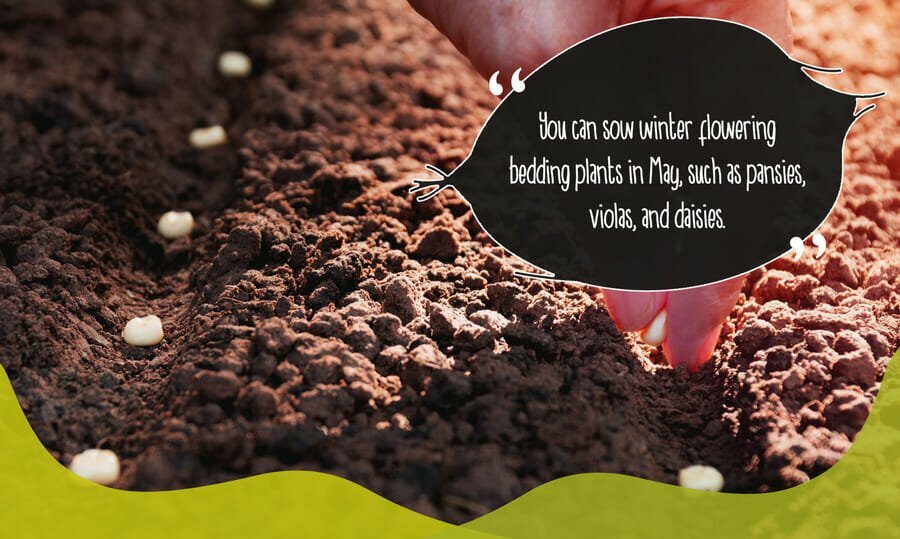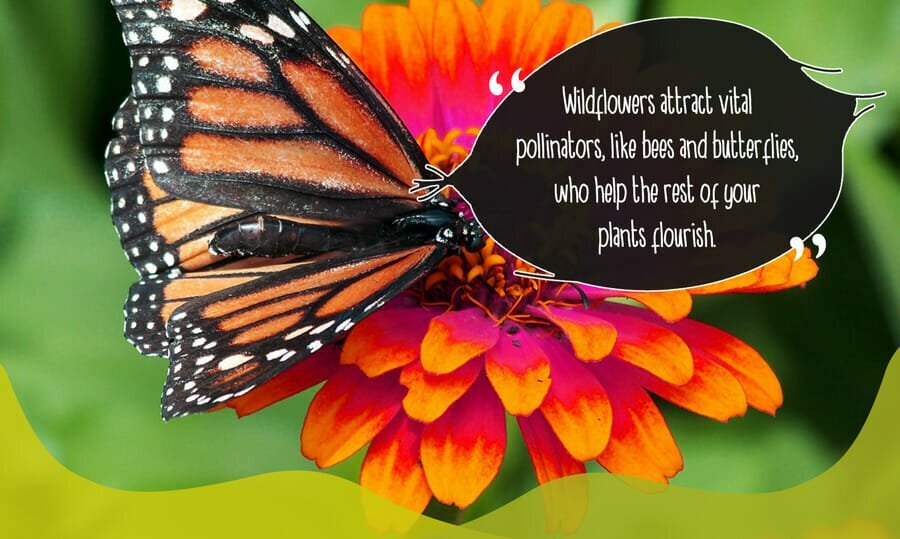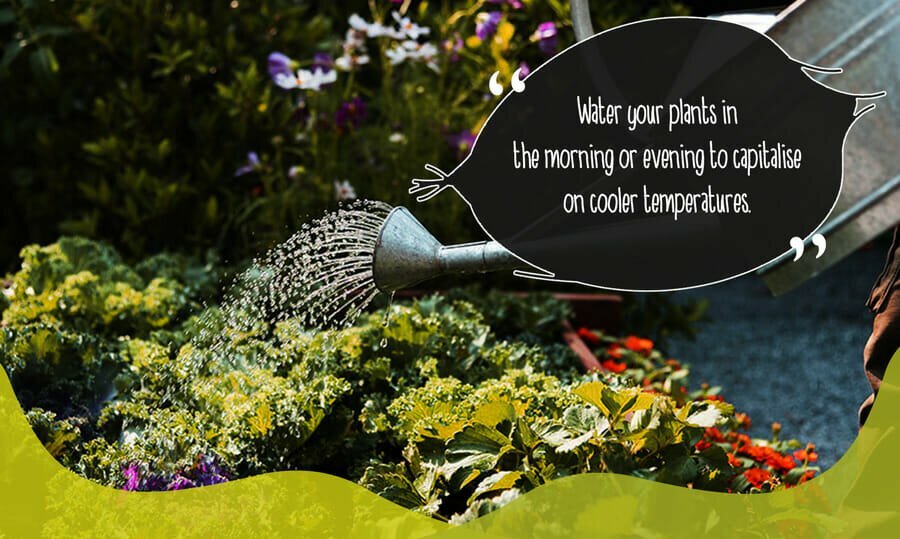What to plant in May
With the advent of warmer, drier weather it’s time to get out in the garden and tame winter’s wildness. Follow our May planting guide to see what you can plant as Spring gathers momentum.
WHAT’S THE DIFFERENCE BETWEEN ANNUALS, PERENNIALS AND BIENNIALS?
Just in case you’re new to gardening, here’s a quick rundown of these classifications:
Annuals
These flower once a year and need to be replanted if you want them in your garden next year. Some go to seed and re-seed themselves.
Perennials
These return to flower for many years. ‘Tender’ perennials, such as petunias, may need to be replanted in colder climates; ‘hardy’ perennials fare fine.
Biennials
These take two years to grow and flower. After one year, most establish their root system and sprout leaves. They then bloom the following year, before dying off.

FLOWERS TO PLANT IN MAY
Bedding plants
Many bedding plants, such as wallflowers and pansies, are biennials. These need to be sown between May and July if you want flowering beds next spring. You can also sow winter flowering bedding plants at this time, such as pansies, violas, and daisies.
Annuals to plant in May
Sunflowers, marigolds, English daisies, lobelia, calibrachoa and zinnias.
Perennials to plant in May
Peonies, geraniums, crocuses, tulips, dahlias, delphiniums, lupins, and primula.
Primroses (in the Primula family) are hardy perennials. Some bloom even while the ground is still frozen, so you can plant early in May to start off your beds.
Petunias, canna, and begonias are tender perennials that prefer warmer climates. In the UK they tend to function as annuals due to winter frosts.
May flower growing tips
To keep your beds blooming for longer, sow continually throughout May, allowing plants to bloom at different times. Make sure to deadhead annuals when blooms die off; they can rebloom and flower for longer.
Most plants will need to be planted partly grown. Sunflowers, nasturtium and Nigella damascena – known as ‘Moody Blues’ – can be sown as seed in May.

Stay alert for infection
Phytophthora (a soil-based water mould disease) can affect established trees and shrubs, and other woody plants like hydrangeas and fuchsias, particularly if a hot spring and summer follows a wet winter.
Proper soil drainage and aeration of roots is vital to avoiding this disease. Coco coir with Perlite is specifically designed for healthy root growth by increasing porosity and aeration.
Sowing wildflowers
Wildflowers add beautiful unruliness to gardens, but they also attract vital pollinators, like bees and butterflies, who help the rest of your plants flourish. To grow your own wildflower meadow, sow field poppies, cornflowers, aquilegia, scabious, and cowslip in May.
Yellow rattle feeds on grasses which helps to stop them overwhelming meadow patches, protecting the space for flowering plants.
It’s best to let your wildflowers and pollinators be as much as possible, so a soil that regulates water levels, like coco peat, is essential.
VEGETABLES TO PLANT IN MAY
Most fruit and vegetables are annuals. This means vegetable patches need replanting throughout the year, Spring being particularly busy.
You could wait until June to plant out young plants, ensuring late frosts have passed. Alternatively cover tender veg, such as French or runner beans, with a layer of insulation on the soil. Coco chips provide insulation from frost as well as protection from harsh sunlight, preventing soil from drying out too quickly.
There are many types of seeds to plant in May: courgettes, pumpkins, squashes, sweetcorn, and artichokes can all be sown at this time of year. It’s also time to sow cauliflowers, brussels sprouts and purple sprouting broccoli, ready for harvesting next winter.
Celery can be planted out in May. It should be grown in water retentive soil, such as coco peat. As a marshland plant, it needs lots of moisture to thrive.

TOP TIPS FOR PLANTING IN MAY
Water your plants in the morning or evening to capitalise on cooler temperatures. Coco peat stabilises water levels even during hot hours, so your plants have a more reliable supply.
Keep a keen eye out for pests, bugs and disease on all plants, and act quickly to prevent further damage if you find any. Coco coir is naturally sterile and doesn’t attract bugs as compost does. You can be confident it won’t introduce disease when you plant out into it.
Remember: gardens are personal – plant what makes you happy, not just what convention or trends dictate.










